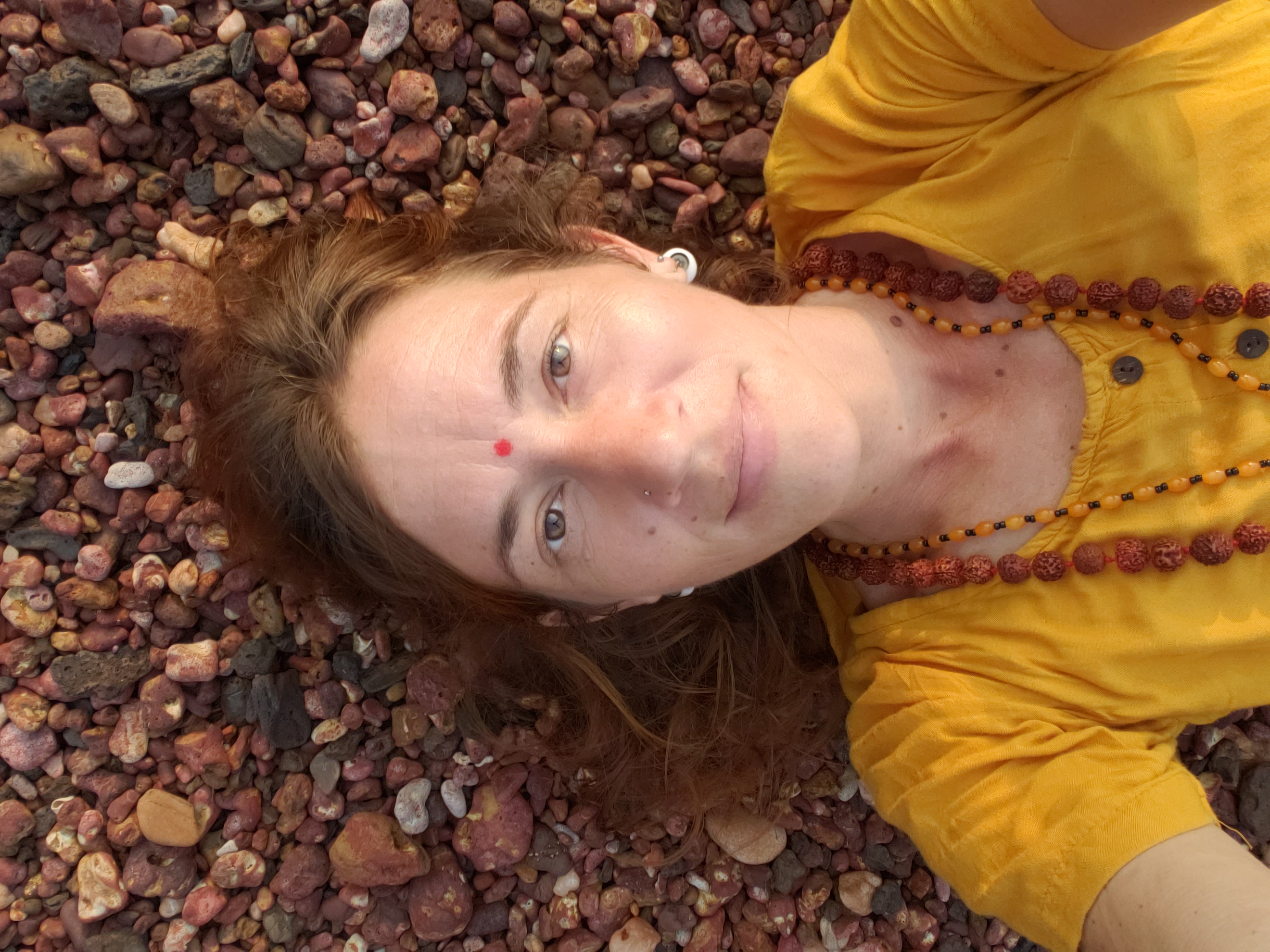What is Yoga?
- Lettie

- 6 days ago
- 4 min read

"Yoga is an art, a science, and a philosophy of preventative healing, through which we build solid health and defensive strength with which we can deflect or counteract afflictions that are still unnoticed."
- Yoga Sutras, Pantanjali -
Origins
Yoga is first and foremost a philosophy stemming from the Upanishads, Vedic texts dating back over 4,000 years that gave rise to Hinduism and Buddhism.
The word Yoga is a Sanskrit word meaning: Union or Joining.
The foundational text of Yoga principles is similar to the Yoga Sutras of Patanjali, but it initially provided no specific details on the practices. The Nathas, yogis known as "the split-eared," were the first to compile these practices into collections. They were primarily linked to Tantra.
In brief
Yoga is a way of life, a path of transformation, a path to liberation (Moksha).
The ultimate goal of yoga is self-realization, realizing the divinity within, the absolute: Atman, the individual soul, and Brahman, to transcend Maya, beyond cosmic illusion.
It is a process of refinement that allows us to work on mental disturbances and the causes of suffering: our fears, our blockages, our conditioning, our negative emotions... It provides keys to developing our knowledge of the world and the Self, transcending dualistic relationships.
Letting go is a major key in Yoga for elevating the mind beyond illusions and achieving detachment and acceptance.
The four paths of Yoga
There is never just one Yoga, but many Yogas. Depending on the region, practices were very different, and this is still true today. Traditionally, we speak of four main paths.
Raja Yoga – the Royal Path. It is also called Ashtanga, which means eight limbs.
Karma Yoga – the Yoga of action, of selfless service. Performing actions without expecting anything in return, reducing the influence of the ego, selfless action… For example: volunteering.
Bhakti Yoga – the Yoga of devotion, which involves the recitation of prayers and mantras. It can be linked to one or more deities with the aim of transforming negative emotions into positive ones.
Jnana Yoga – the path of knowledge and wisdom, which is associated with the intellectual path; it is a path of analyzing human nature.

Raja Yoga, in details
The practice of yoga combines tools such as physical postures – Asanas, breathing exercises – Pranayama, and meditation – Dhyana. It also conveys rules and values of self-respect and respect for others, Yamas and Niyamas. These tools are among the eight limbs of yoga, a guide to personal, mental, and spiritual development, described by the sage Patanjali in the Yoga Sutras:
Yama – code of conduct towards others, including ahiṃsā (non-violence), satya (truthfulness), asteya (non-stealing), brahma-cārya (moderation of the senses), and a-parigraha (non-possessiveness).
Niyama – self-restraints, including śauca (purity), saṃtoṣa (contentment), tapas (repentance), svadhyāya (self-study), and īśvarapranidhāna (surrender).
The first two limbs are thus the foundations that constitute the moral code of the Yogi.
āsana – finding stillness in the posture, when bodily balance lies between effort and relaxation. It is the balance between doing and letting go. Asana is the perfect moment between sensation and breath, suspended and stilling time. The being is happy in a feeling of infinity; this is the very essence of this third limb. Asanas are preparations for the meditation posture, ensuring the body is relaxed and loose, allowing the yogi to hold this meditative posture.
Pranayama – liberation of the vital breath, using the breath as an object of concentration. Prana is vital energy; the Japanese call it Qi (気), the Chinese Chi, but universally, it is the same concept. Mastering Prana involves mastering the breath; the more regular and sustained the breath, the calmer and less agitated the mind will be. Alternate nostril breathing is an exercise to balance the right and left hemispheres of the brain. The breath will be lengthened, like a full inhalation encompassing the abdomen, chest, and collarbone.
Pratyahara – abstraction of the senses, withdrawal of objects from perception. This doesn't mean annihilating the senses, but rather pausing the mind, redirecting the senses inward, and observing what is happening.
Dharana – concentrated meditation. The idea is to focus the mind on an internal or external object. For example, on the breath, the tip of the nose, a deity, or a flower. It's essential to remain focused and concentrated.
Dhyana – deep meditation. The mind remains fixed and is no longer susceptible to disturbances. Unlike Dharana, the mind is not engaged. No effort is required.
Samadhi – profound contemplation or a state of union with the inner “god” (Atman) or absorption in the absolute (Brahman). This concept transcends concepts and intellect… It is absorption into Cosmic Consciousness. It represents the state of unity with Brahman. When experienced, the Being has succeeded in transcending experiences, time, the human condition, space, and causality.
The last three limbs (Dharana, Dhyana, Samadhi) are called Samyama, which represent the essential part of Raja Yoga, based on the Yoga Sutras.




Comments